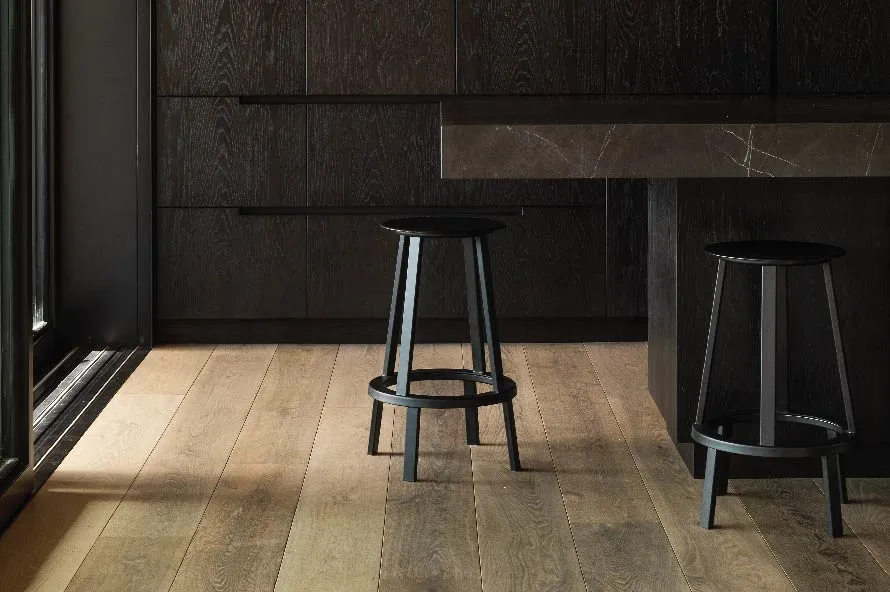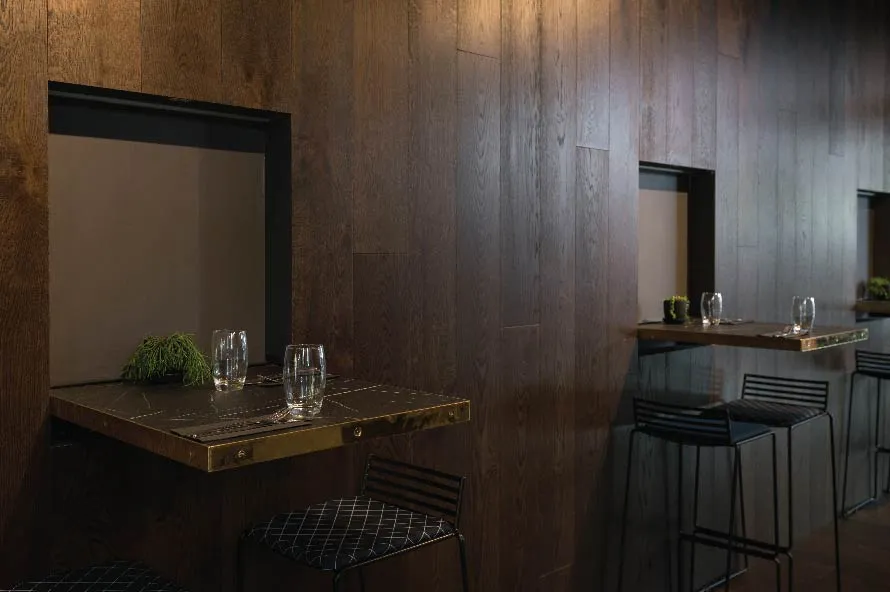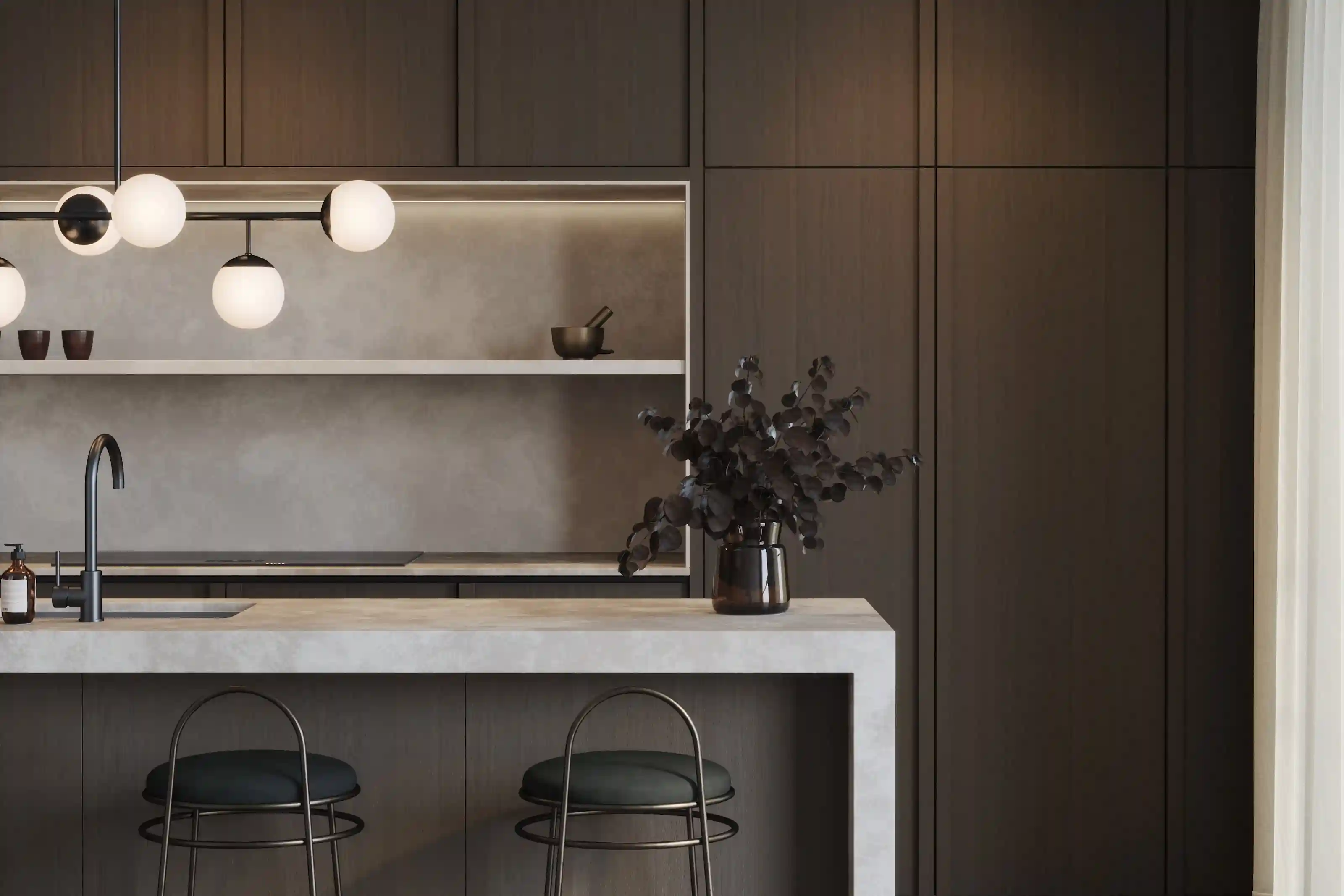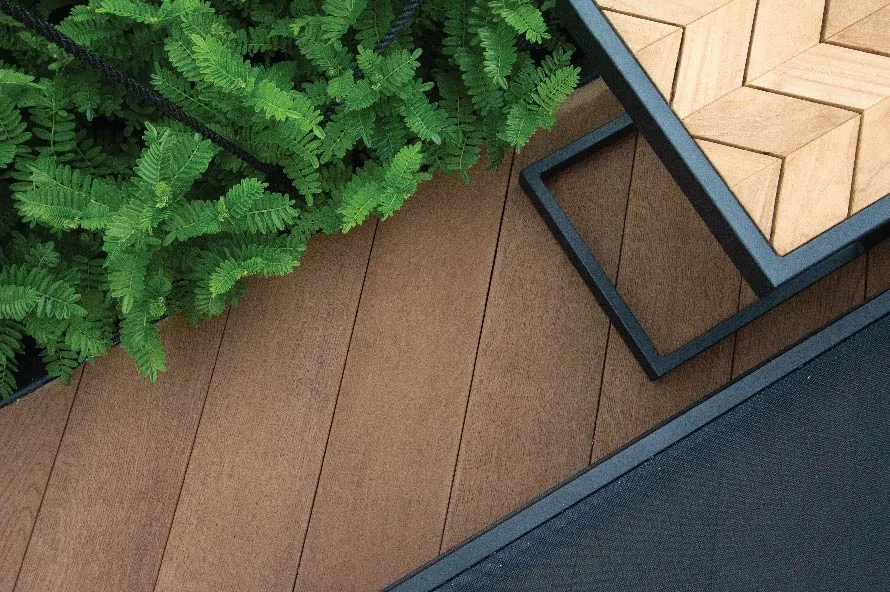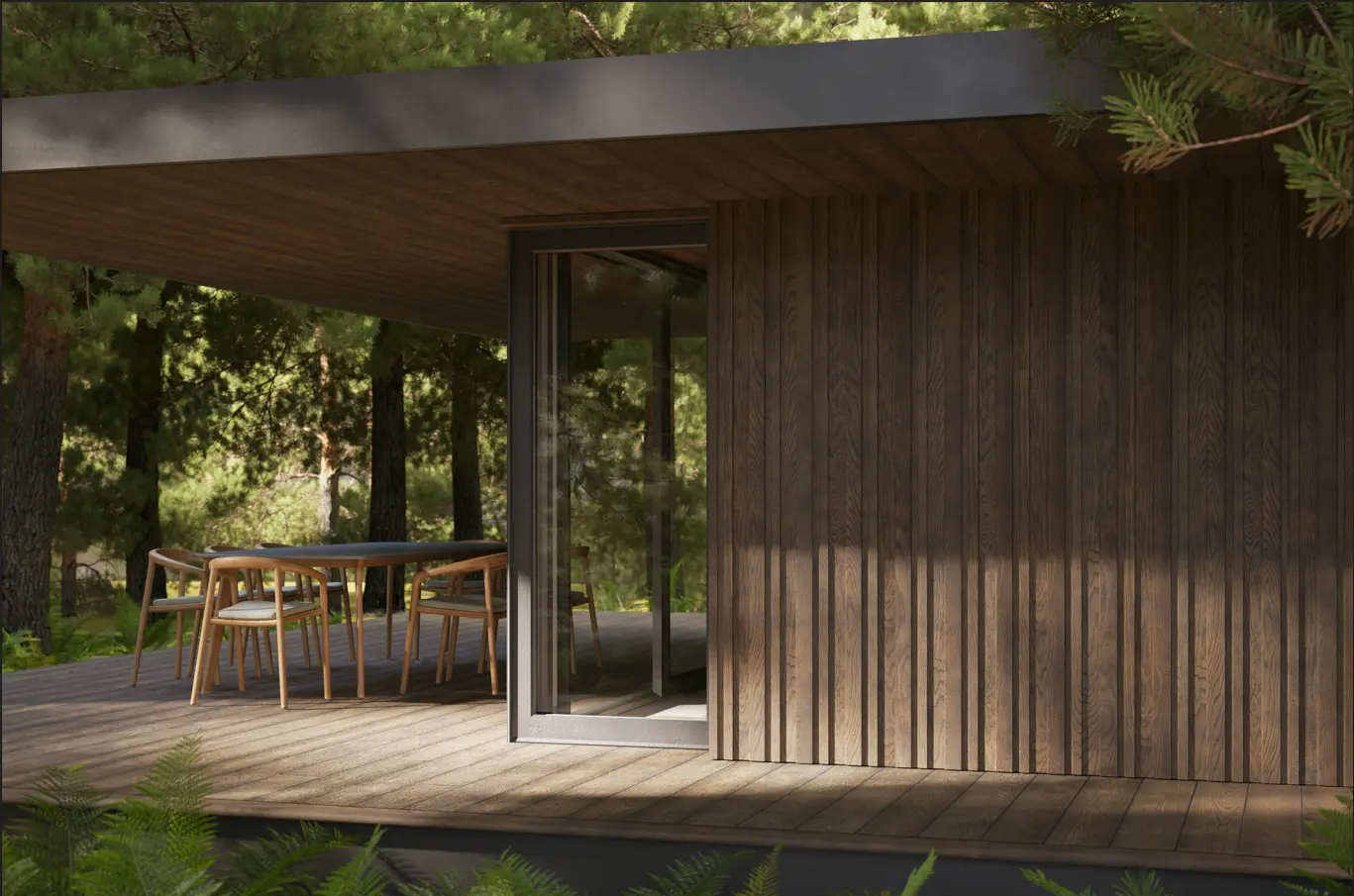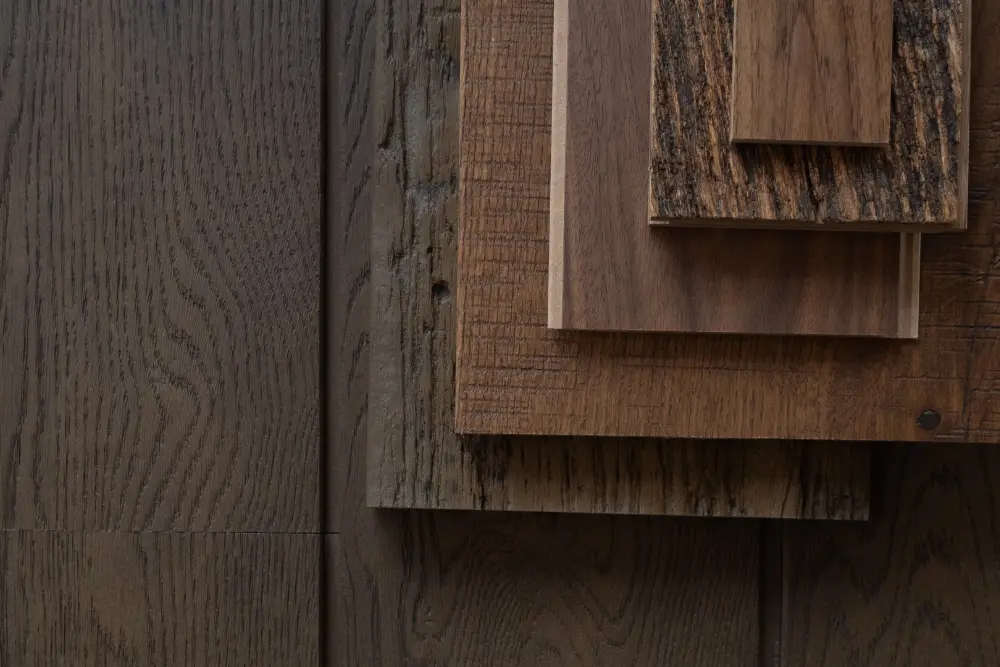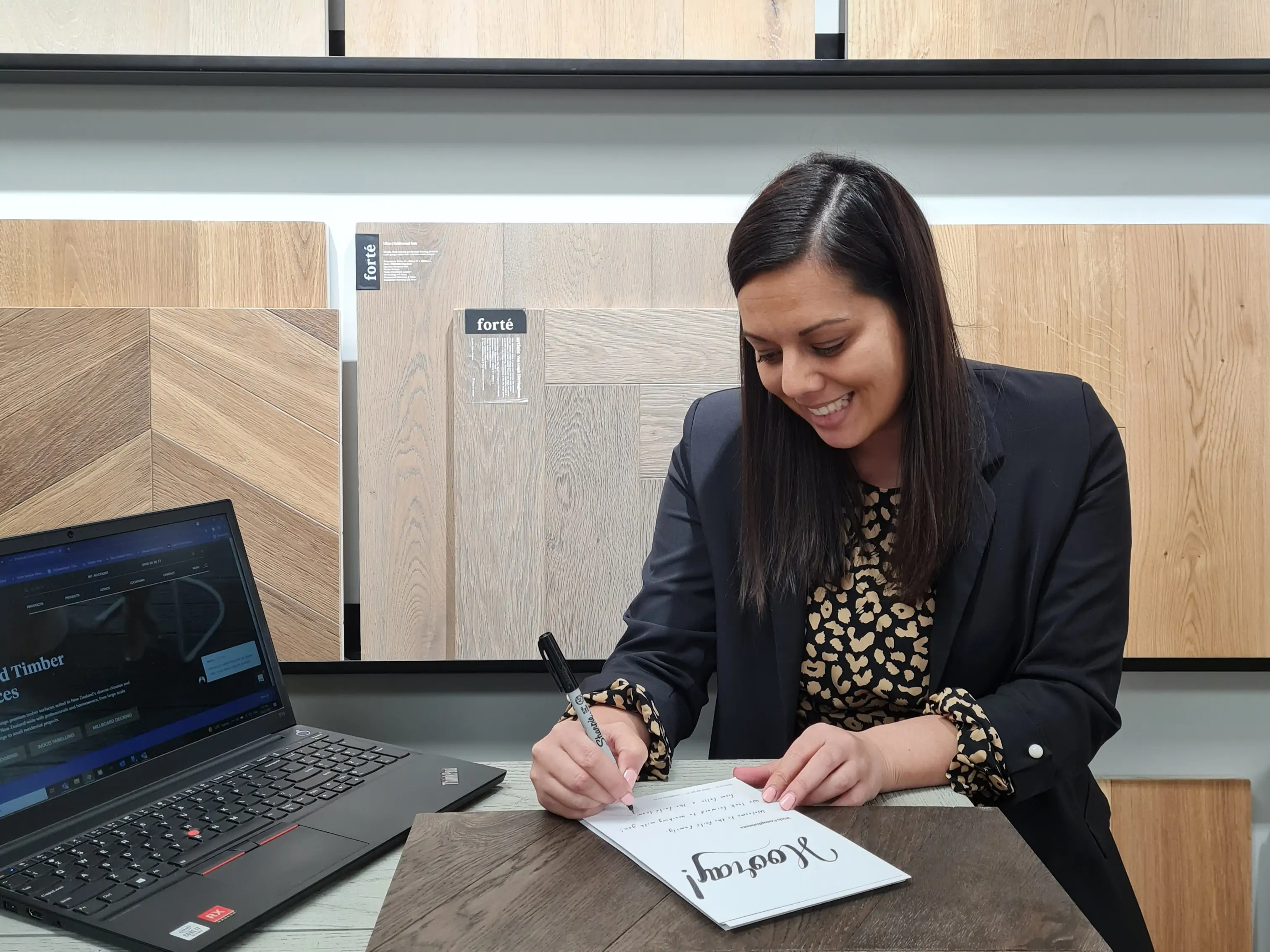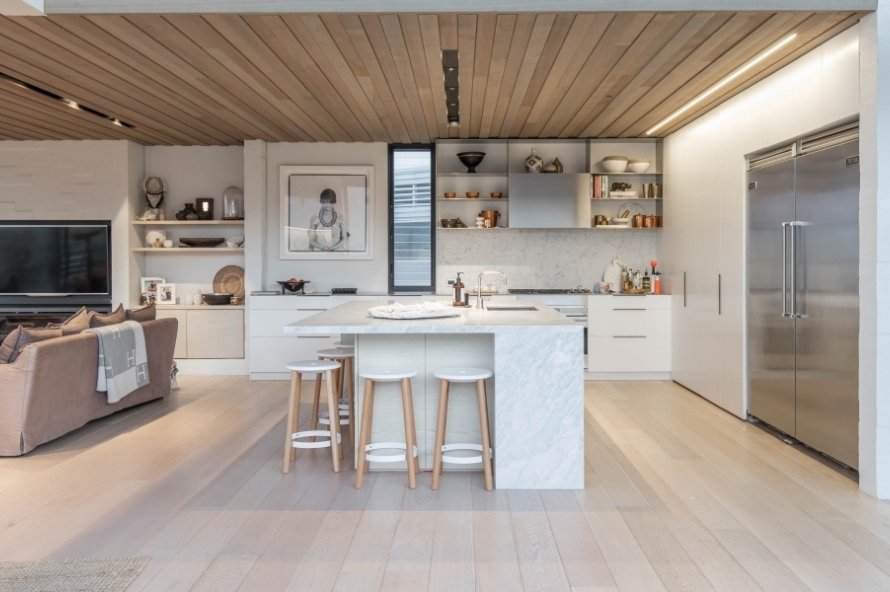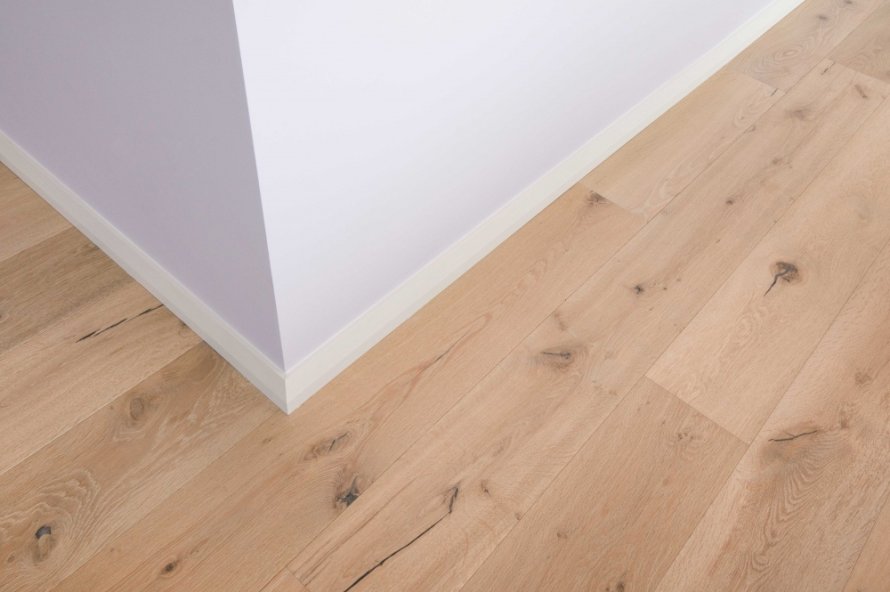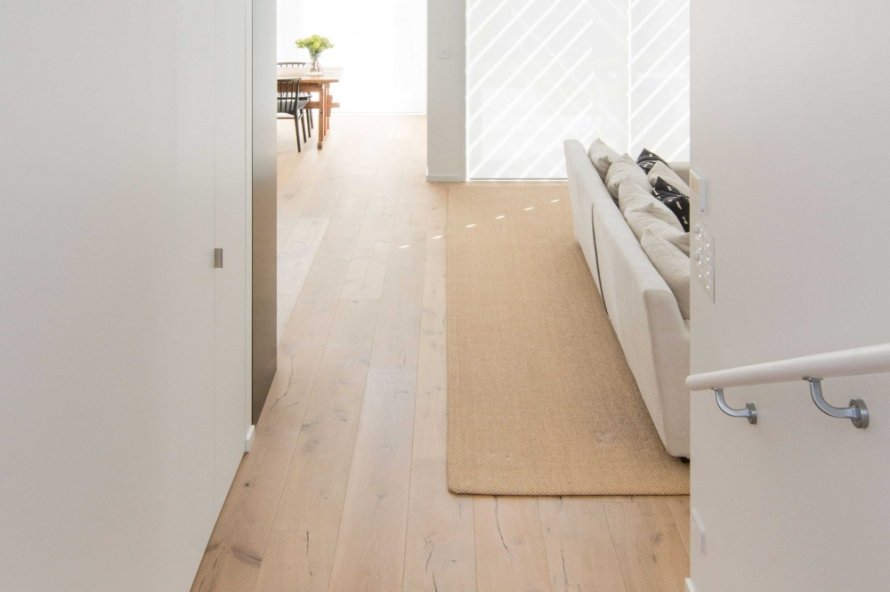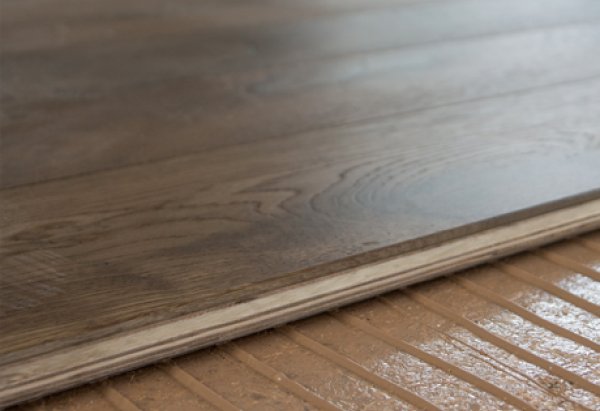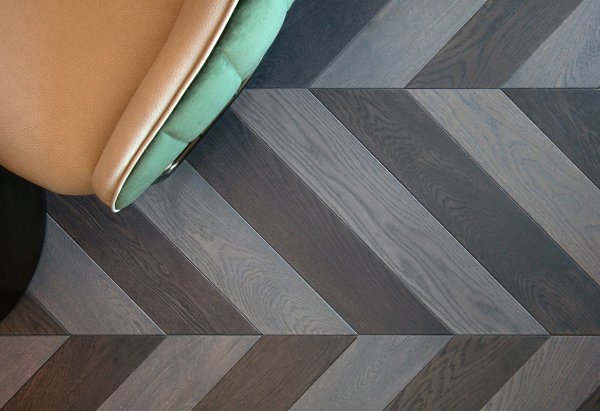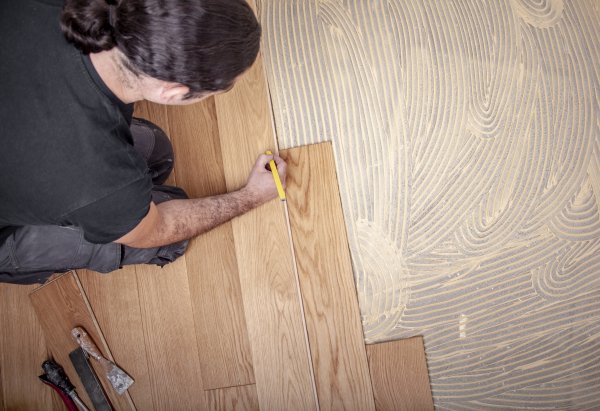The Best Direction to Lay Your Wood Flooring
Advice | August 31, 2021
There is nothing better than your eye travelling seamlessly down the length of a beautiful wooden plank, taking in the natural grain and pattern of the wood. This is something that plays a big role when deciding which direction to lay your wood flooring, as the direction of the planks can greatly influence the look and feel of the space.
The most common and generally preferred direction to lay wood flooring is parallel to the longest wall in the room as this makes the room appear longer and more spacious. However, this is not always achievable as there are a number of factors that can complicate the space, influencing the direction in which your wood flooring should be laid. Examples of these factors can be the traffic flow of the room, staircases, the angle of the adjoining rooms and the direction of a particular focal point such as floor to ceiling windows, a feature wall or fireplace.
If you’re building or renovating and are looking to install wood flooring in your home, it is good to have an understanding of how certain factors may affect the feel and look of your space. Below we’ll explain each of these elements and give you our recommendations on how to lay your flooring in a way that will suit your space and give the desired aesthetic.
Large Rooms and Open-Plan Spaces
For large yet simple rooms and open-plan spaces we would recommend laying the flooring vertically with the longest wall of the room as this will add a sense of depth and make the room feel longer and more spacious while creating a natural flow.The entrances and flow of the room may not always be in the same direction of the longest length of the room. When this is the case, it comes down to personal preference as some may choose to run the planks from the main entrance of the room to the opposite wall or adjoining entrance, creating a more simplified sightline.
You may also want to consider how the flooring will meet with your outdoor surfaces. If you want to create a seamless flow from your interior space to the outdoor entertainment area, then you may want to lay the planks the same direction as your outdoor decking.
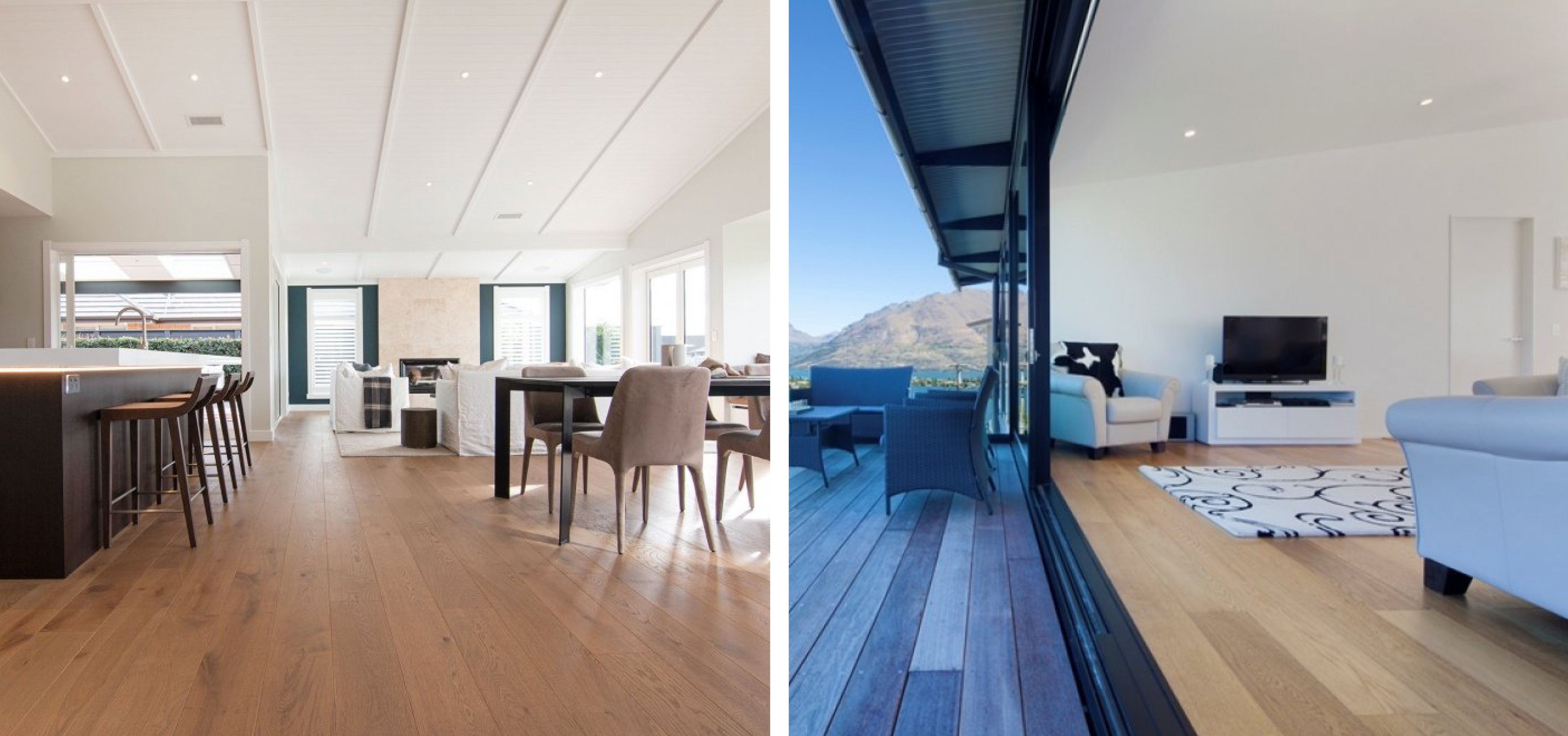
Smaller Spaces and Narrow Rooms
If your room is on the smaller or narrower side then we’d recommend laying your wood flooring horizontally as this will create the feeling of a bigger space, forcing your eye to travel width-wise and making the surface of the floor appear wider.
Alternatively, for a more unique look you can choose the option of laying your floor diagonally, usually at a 45-degree angle , to make the space feel bigger and turn the flooring into a feature. If you decide to lay your flooring diagonally, please be aware that you will need to order more planks as there is more wastage with a diagonal installation.

Odd-Shaped Rooms
It is always difficult to determine the best direction to lay your flooring when dealing with an odd-shaped room. Generally, the best approach would be to run the planks along the longest length of the room, or in the direction of the flow of the room and where people will be walking through. If the direction of the flooring follows the flow of the room, you will need to line your flooring up with at least one straight wall in the room if possible.

Adjoining areas
When laying your flooring throughout a series of rooms we would recommend considering where the doorways are and how the traffic flow will move between the spaces.
Where possible, it is always best to keep the planks running in the same direction between rooms as too many changes in the direction of the flooring can make the space look busy and disjointed.
However, there will be times where this is not doable and a change in direction will be necessary, such as an open-plan area where the room splits off on an angle. When this is the case, we would suggest having the planks mitered (joined together by cutting the edges at a 45-degree angle) so that they meet at a point where the angle of the room changes. A popular way of doing this is adding in a plank border between the two adjoining spaces which creates a modern and stylish look.
When you have rooms off hallways you may want to consider installing a plank border across the threshold of the room to help define and separate the spaces.

Flow of the Room
Another factor to consider is the flow of the room and view you have of the floor when you walk through or enter the space. When wood flooring is laid perpendicular to your directional view, you are less likely to notice the cracks or seams between the planks and will instead have a more seamless flow.

Focal Points
A main feature in your room could be a deciding factor on the direction that your wood flooring is laid as your eye will naturally be guided towards that focal point.
Whether the feature in the room is a rustic stone fireplace, a unique piece of art, floor to ceiling windows overlooking picturesque landscapes or structural detail, the planks of your wood flooring should always lead to it.
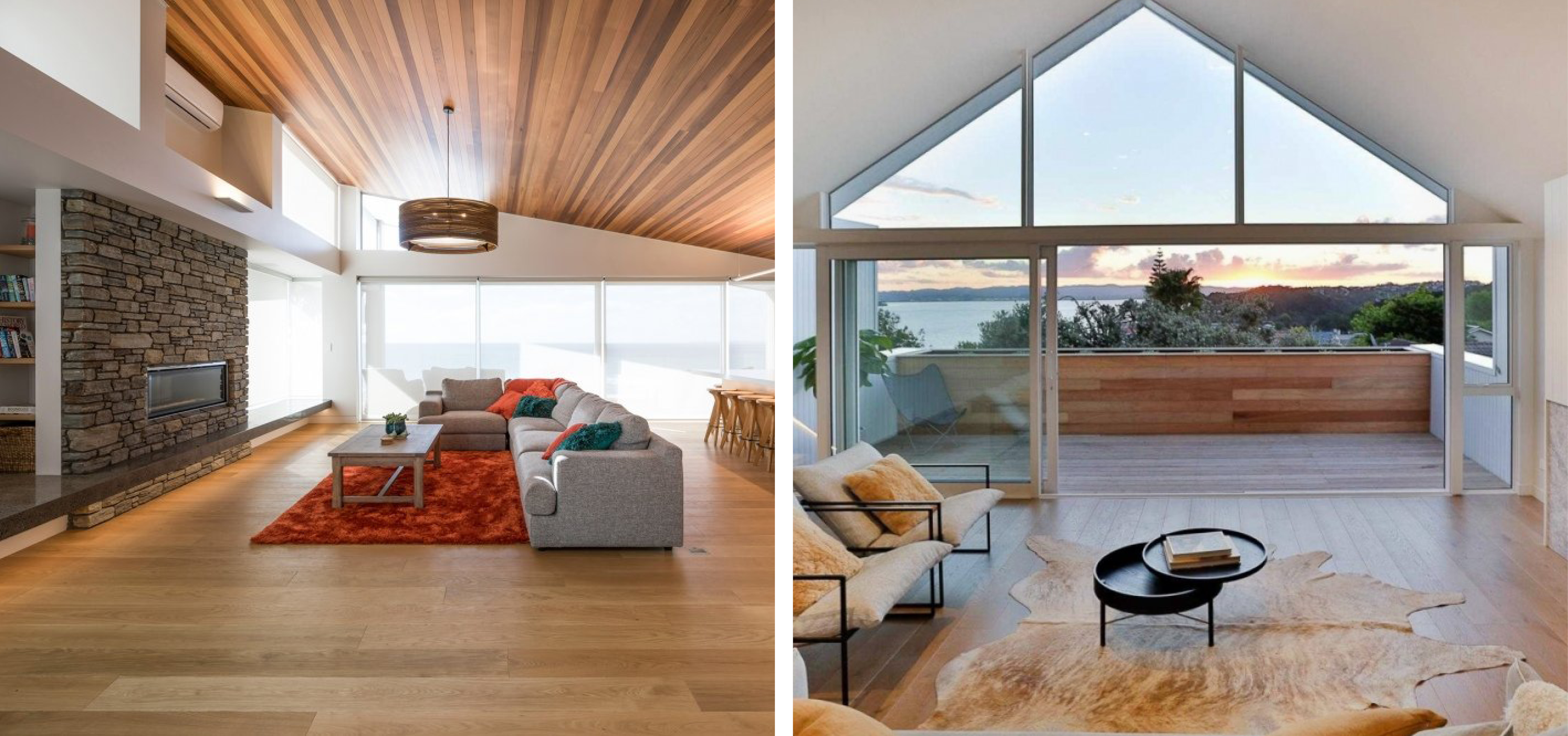
Source of light
When planning the layout of your flooring, it is good to consider where the main source of natural light is and how the light will fall. The way the light falls on the planks will make the room feel either shorter or longer, depending on the direction the planks are laid. If the planks are laid width-wise the light may make the flooring look choppy.
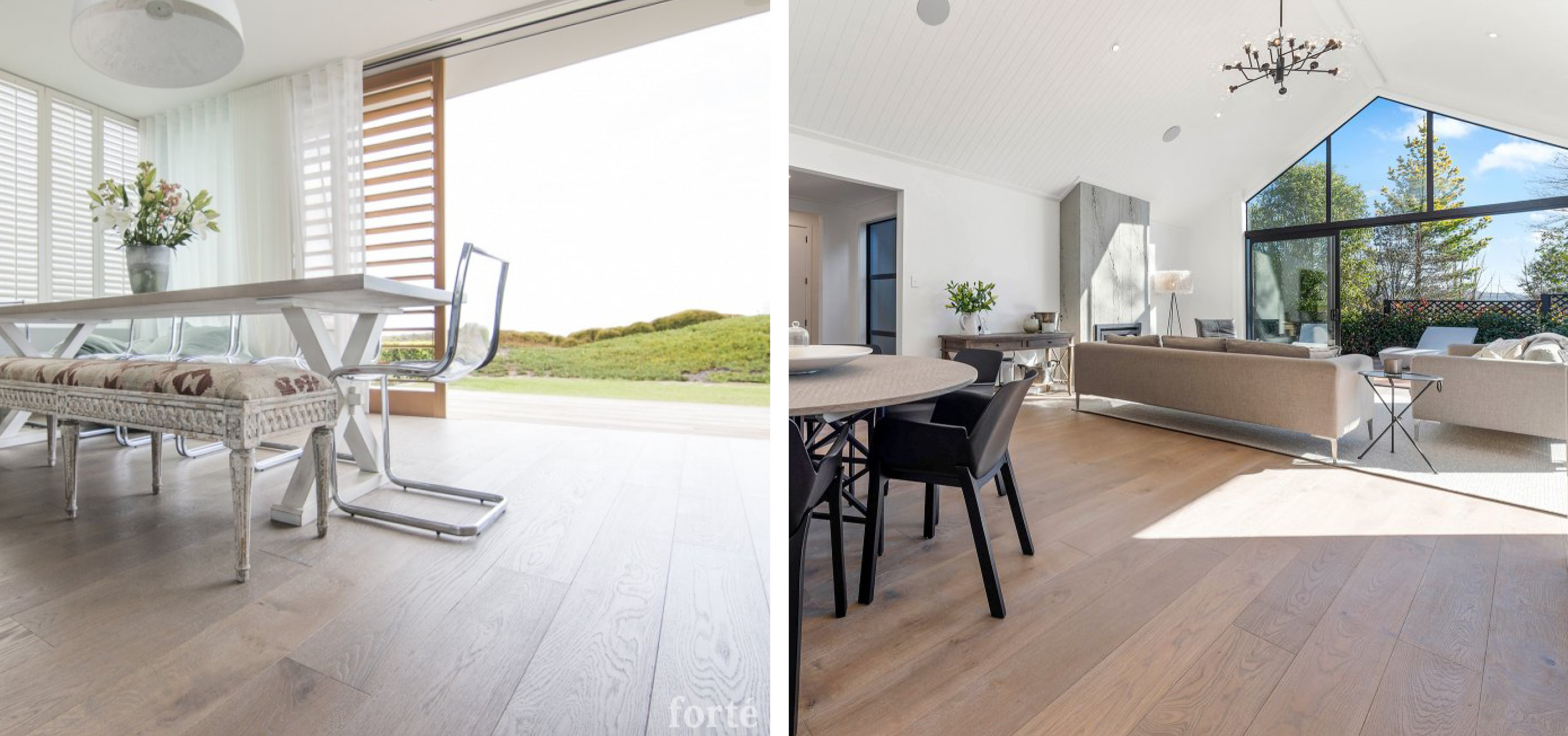
Hallways
When it comes to hallways there are a number of ways in which you can lay your flooring. We would recommend laying the planks down the length of the hallway so you are looking down the planks and are able to admire the grain and pattern of the natural wood.
If, due to adjoining rooms where no plank border has been used, you wish to lay your flooring horizontally down the hallway, then we would recommend using a wide plank for the best effect.
Another option, based purely on personal taste, would be to lay the flooring diagonally at a 45-degree angle to create a statement.
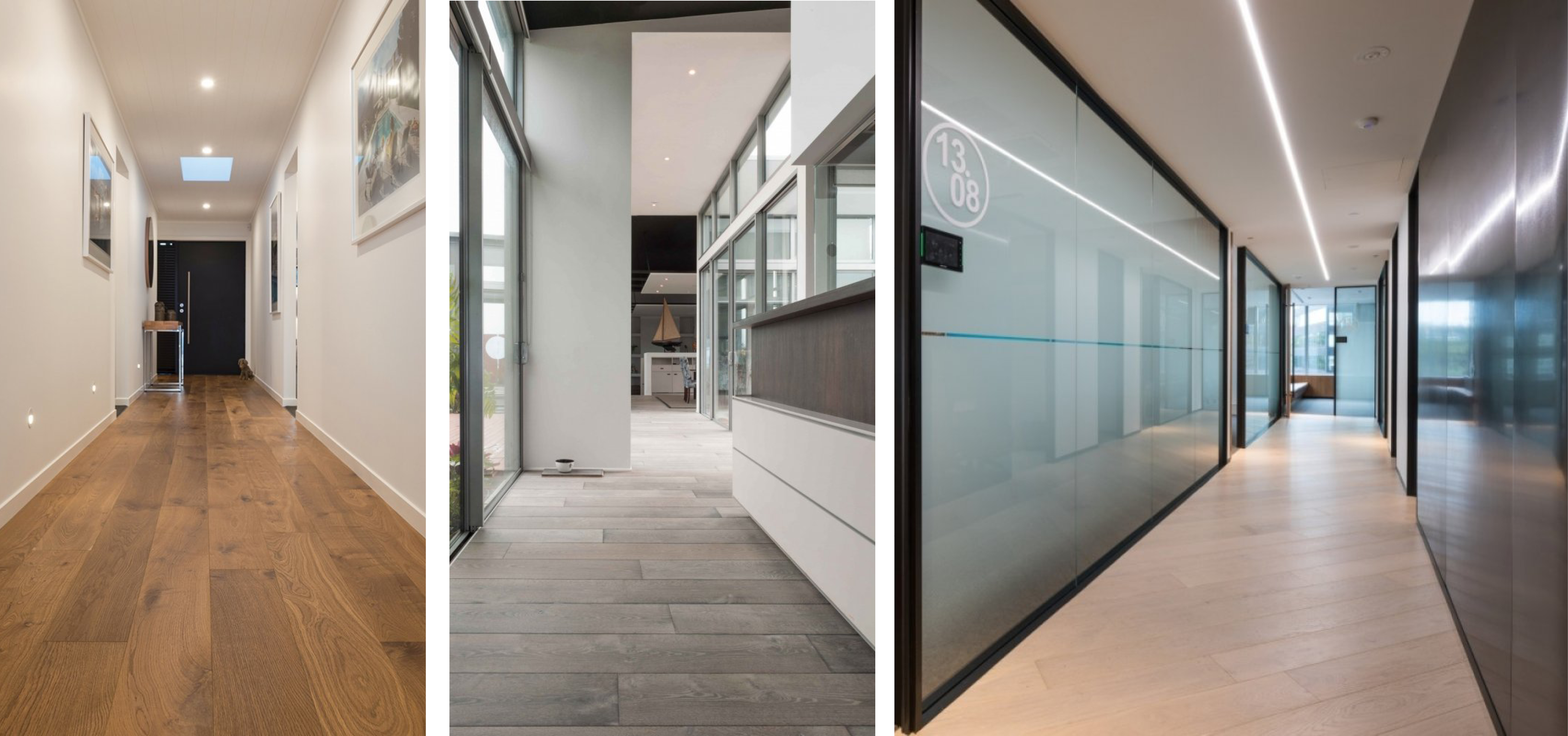
Corners
When it comes to corners, in a hallway for example, you may want to adjust the direction of your flooring by mitering the planks so that the ends meet perfectly at the corners. Alternatively, you can use a weave-type effect where the straight ends of the planks run into each other alternately at the corners.
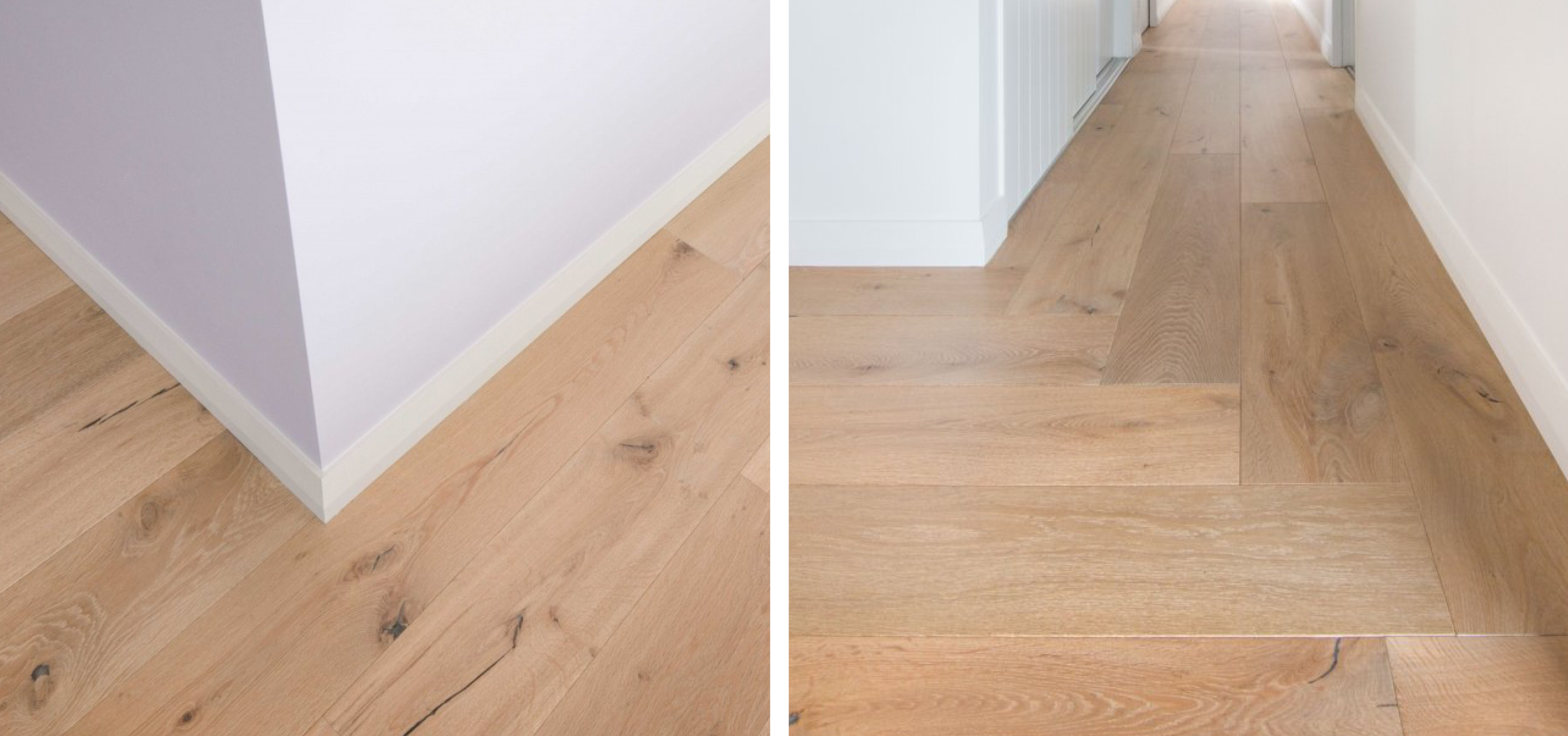
Stairs
With staircases the planks are generally laid across the tread of the stair as this is easier and less time consuming to install. However, in some cases where there is a small flight of stairs (from hallways or to sunken lounges) you could have the planks laid down the tread which would create a seamless line of sight.
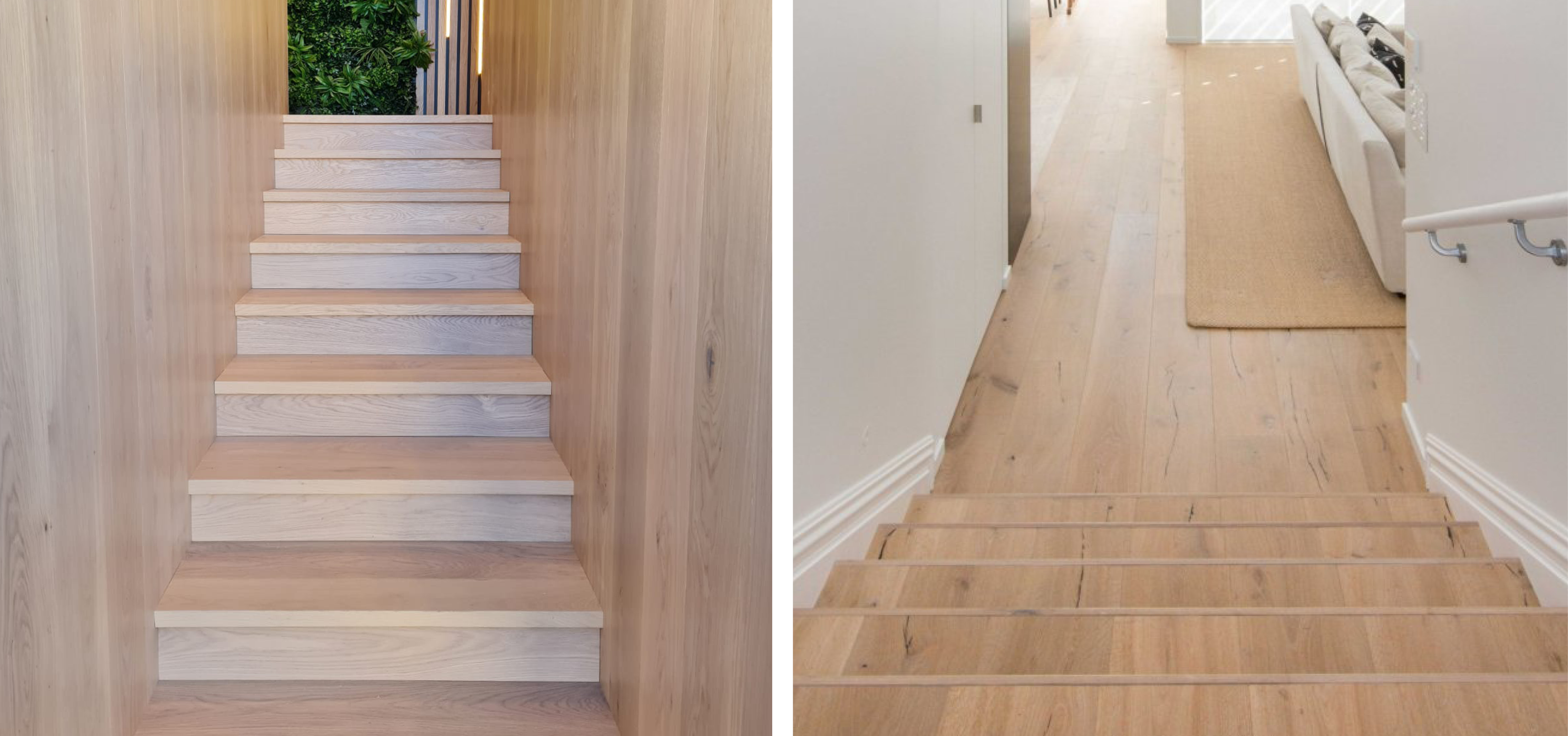
If you need help on deciding what direction to lay your wood flooring or would like us to take a look at your plans, call our team of experts on 0508 35 66 77, email us at [email protected] or live chat with us on our website.

